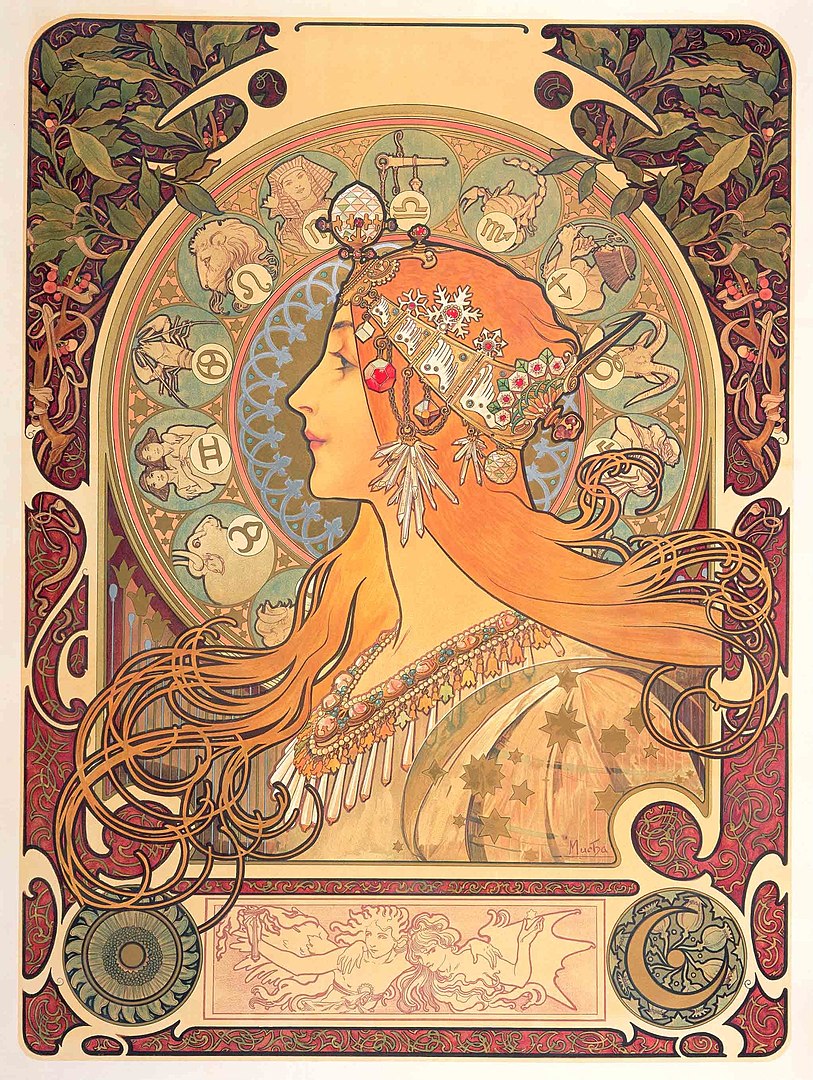
Zodiac calendar for La Plume, 1897
What is Art Nouveau? 3-point summary
💡Beautifully decorate everyday tools and furniture
💡Praise the curves and elegance of natural motifs
💡Strong influence of Japanese art
Overview
Art Nouveau is an art style that flourished in Europe from the end of the 19th century to the beginning of the 20th century. In French, it means " new art. It is characterized by the use of organic motifs such as flowers and plants, decorative elements that are not bound by conventional styles by combining free-form curves, and the use of new materials of the time such as iron and glass in its creations.
His fields of expertise include architecture,crafts,graphic design, and many others. The artists were active in a variety of media as art that was easily accessible to the public and not limited to the fine art (pure art) of our time. As a result, the artists' works were exposed not only to traditional oil painting, but also to posters and other decorative arts.
Representative Art Nouveau artists
The most famous is probably Alphonse Mucha. His gorgeous and elegant paintings of women and other subjects were used in a variety of media and were highly popular during his lifetime. However, he did not like to be categorized as an Art Nouveau artist. Rather, he took pride in being a Slavic history painter. According to his son and biographer, Jiri Mucha, his father Alphonse said, "How can art be new?
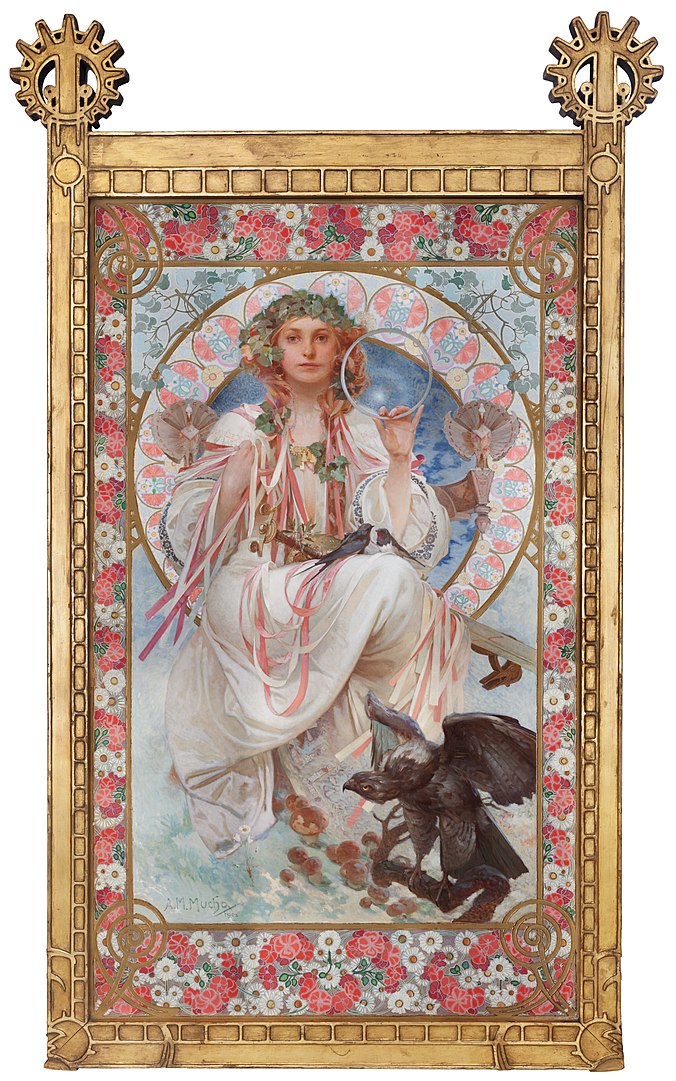
Alphonse Mucha
Art Nouveau artists closely associated with Art Nouveau were also painters of the Symbolist and Naviste schools. Fernand Khnopff is a representative of Belgian Symbolism. He enjoyed a cult following from his lifetime, and was involved in architectural design and stage decorations. His works exhibited at the first Vienna Secession Exhibition in 1898 are said to have influenced Gustav Klimt.
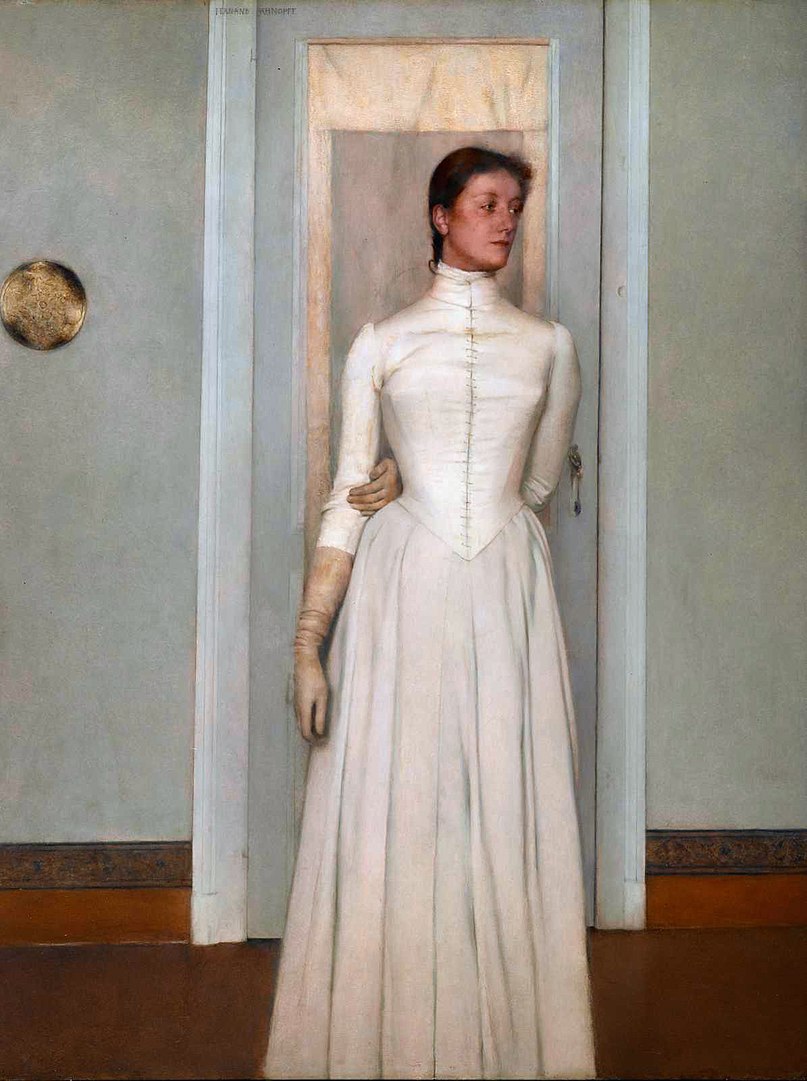
Portrait of Marguerite Khnopff, 1887
Koloman Moser is another important artist. As a designer, he worked on a wide range of projects from furniture design to graphic design.
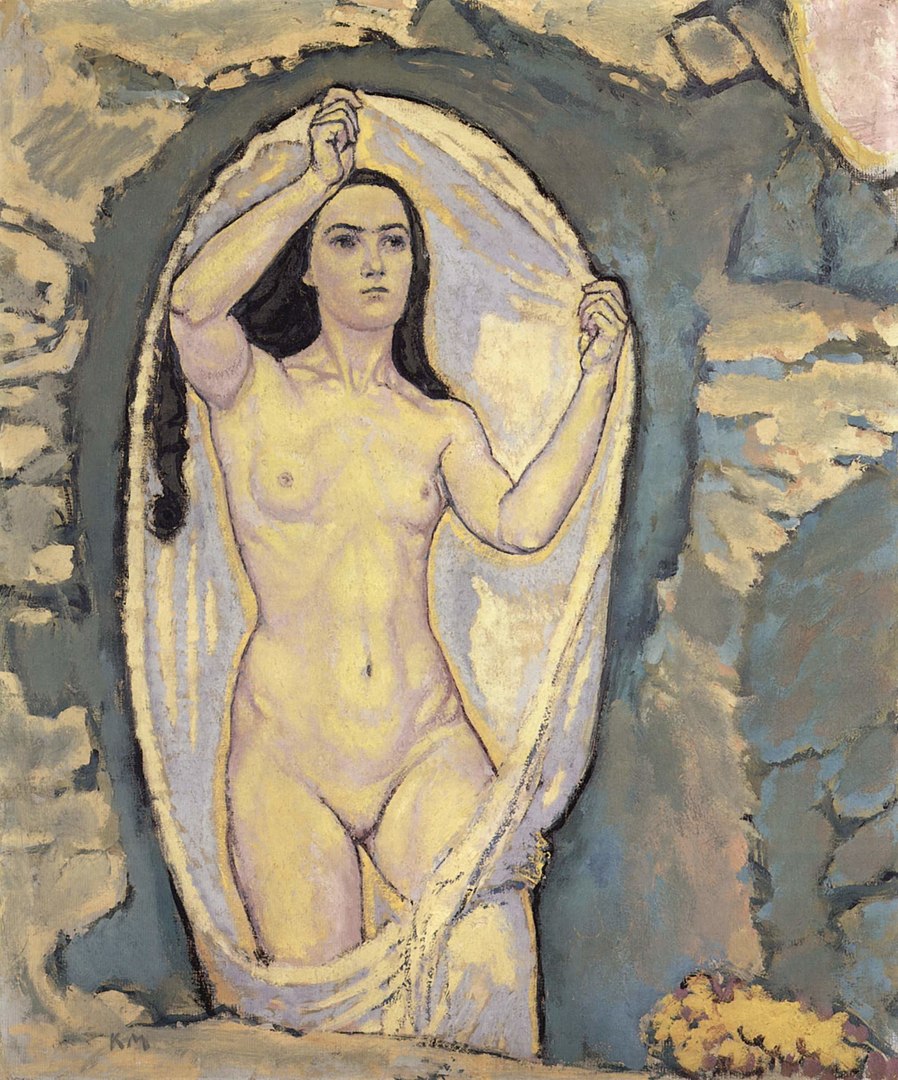
Coromand Moser|Venus in the Grotto, ca. 1914
Eugène Grasset is also known as a pioneer of Art Nouveau. Japanese art had a great influence on his work.
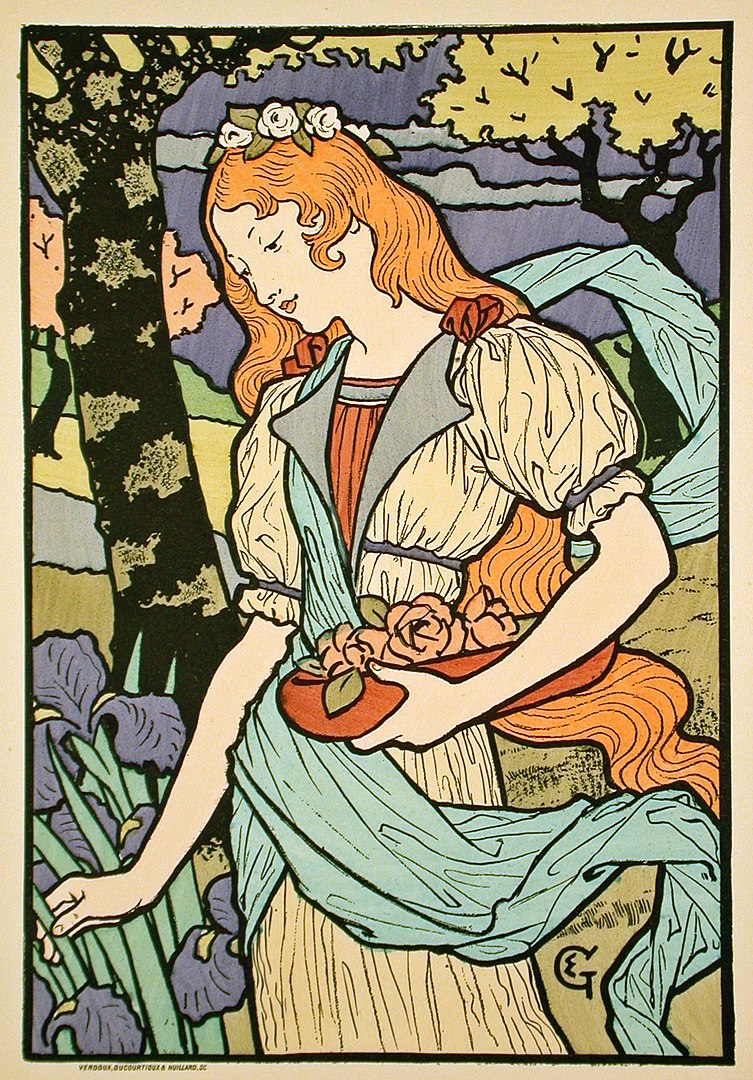
Eugène Grasset, Decorative Arts Exhibition Poster for the Grafton Gallery, 1893
Will H. Bra dley was an American illustrator and, according to the Saturday Evening Post, the most highly paid graphic artist of the early 20th century.
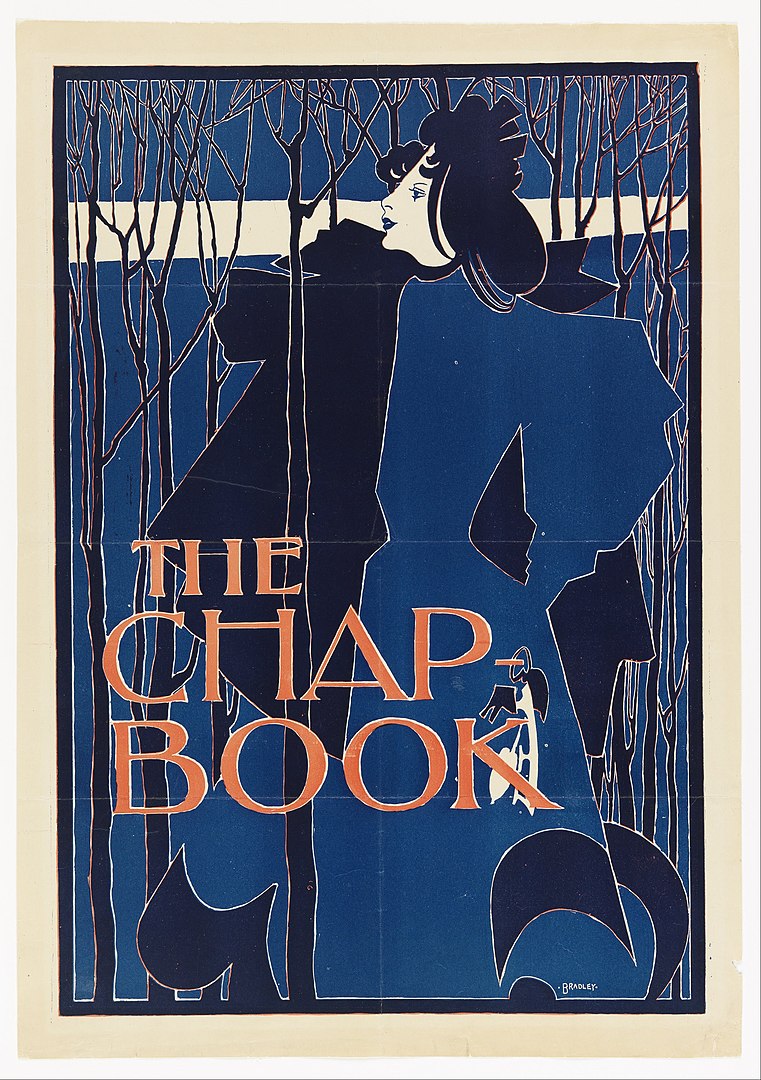
Will H. Bradley |Poster for The Chap Book, 1894
In the fields of glasswork and ceramics, Emile Gallé was a prominent figure, winning the Bronze Prize at the Paris Exposition of 1878 for his original "moonlight glass" (a base material colored pale blue by cobalt oxide) and ceramics. He also developed other techniques that made him a dominant figure in the art world.
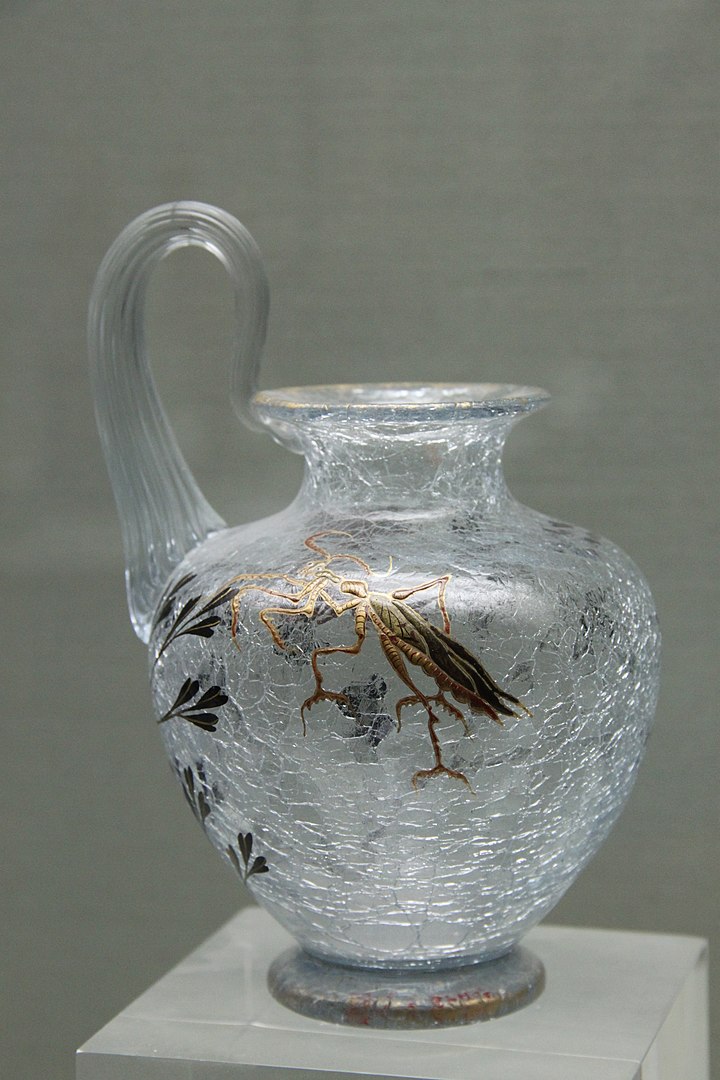
Crackled glass vase with praying mantis overlay, c. 1880
Goldsmith and jewelry designer René Lalique is another goldsmith and jewelry designer. Lalique favored a milky white, translucent material called opalescent glass. He was the creator of Lalique, a company that survives to this day in the 21st century.
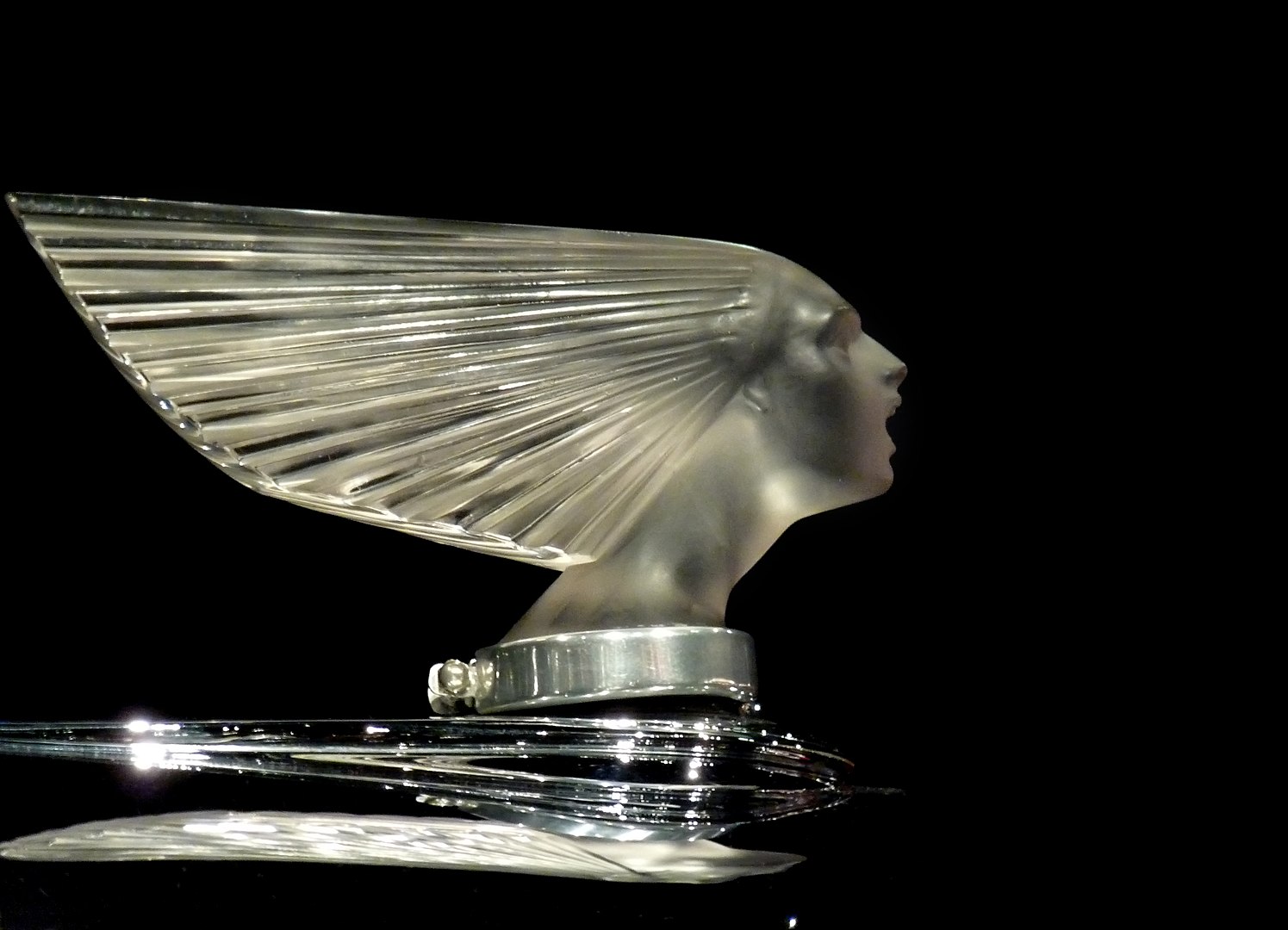
René Lalique|Spiritof the Wind
Louis Camfort Tiffany, son of Charles Lewis Tiffany, founder of the Tiffany Company, is also known as one of the leading Art Nouveau artists in the United States, primarily known for his stained glass and mosaic glass lamps.
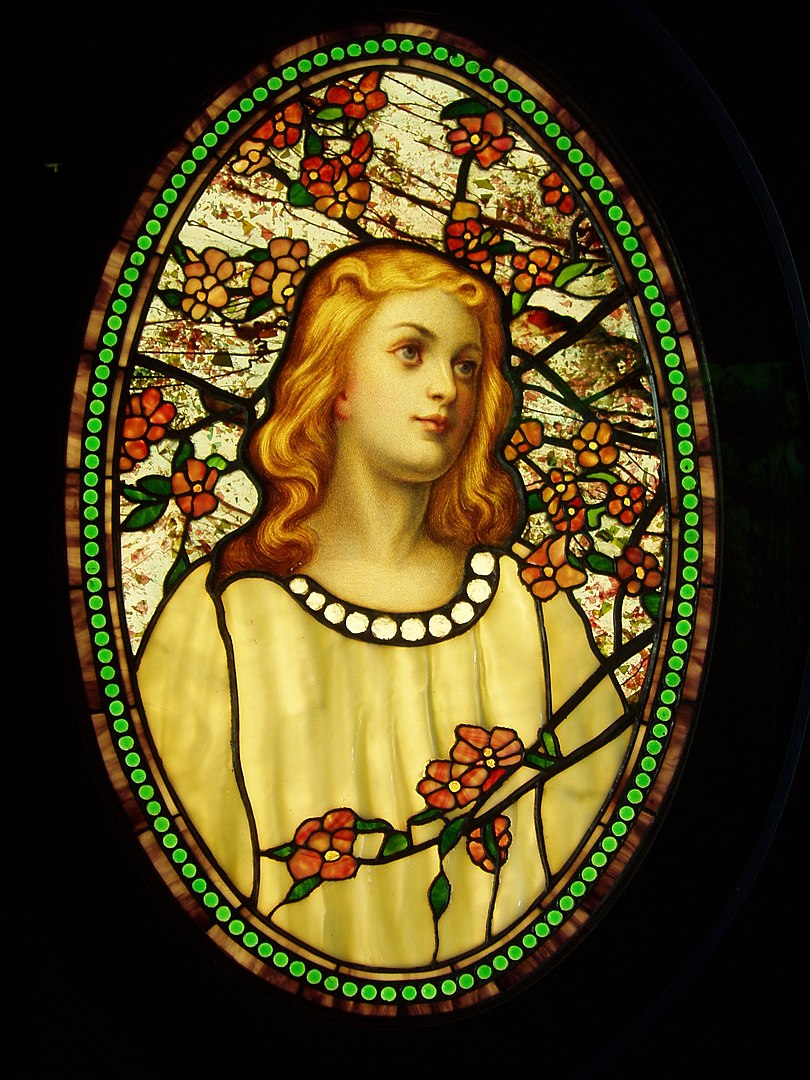
Louis CamfortTiffany|Girl with Cherry Blossoms, c. 1890
In the field of architecture, there are Victor Horta and Henri Sauvage.
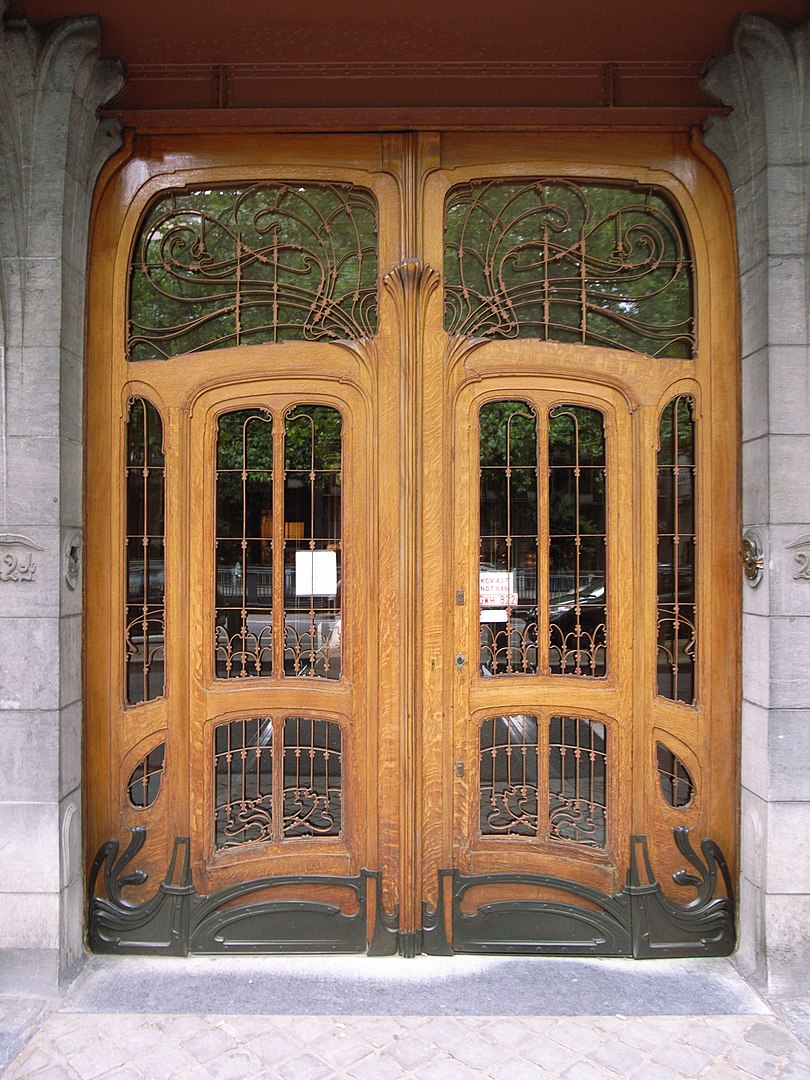
Victor Horta, Entrance of Hôtel Solvay in Brussels, 1898

Detail of the facade of the Villa Majorelle in Nancy, 1901-02
Theory and History of Art Nouveau
The theoretical forerunner of Art Nouveau can be found in the Arts and Crafts movement in Victorian England. William Morris, John Ruskin, and otherswere at the center of this movement.
They were averse to the progress of industrialization and the resulting depletion of creativity, and argued that the regeneration of society could only be achieved through the authenticity of the forms of the tools that people used on a daily basis.
Accordingly, he strongly recommended a return to the spirit of medieval guilds, the study of motifs from the natural world, and the refinement of form.